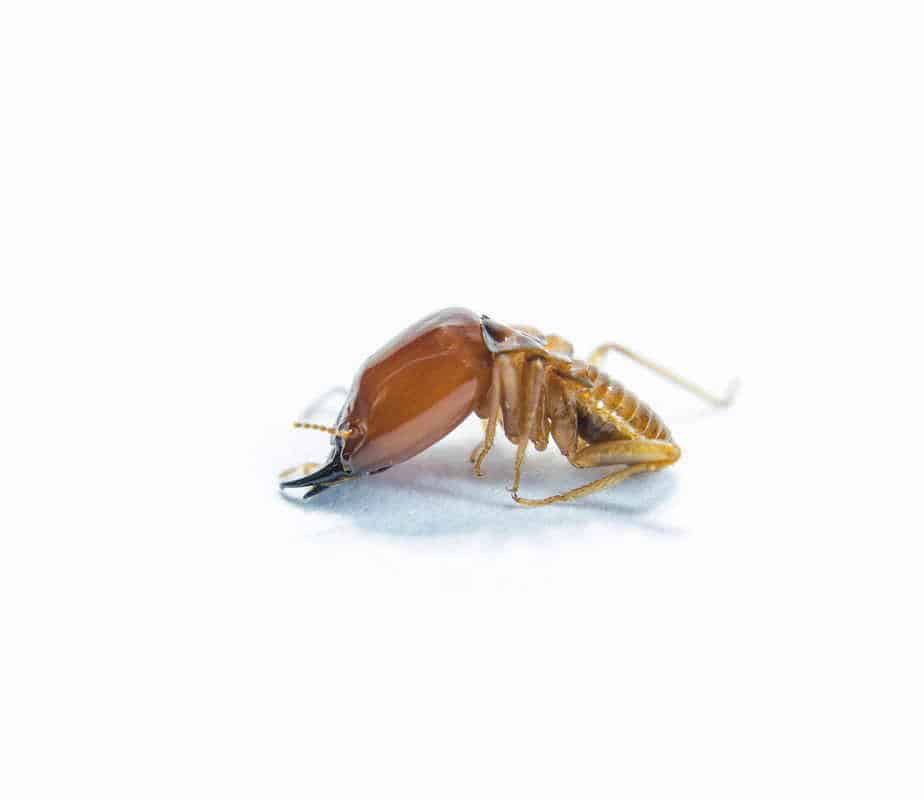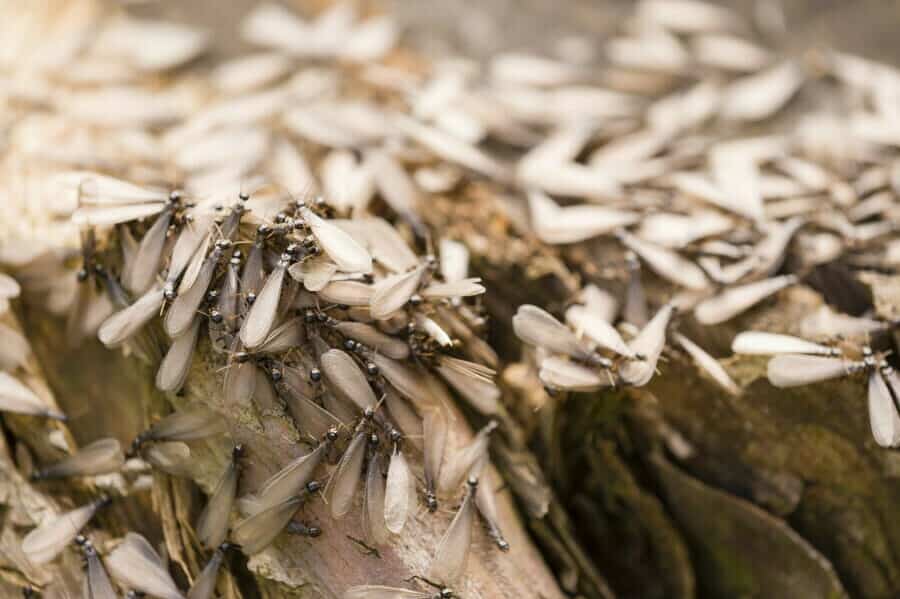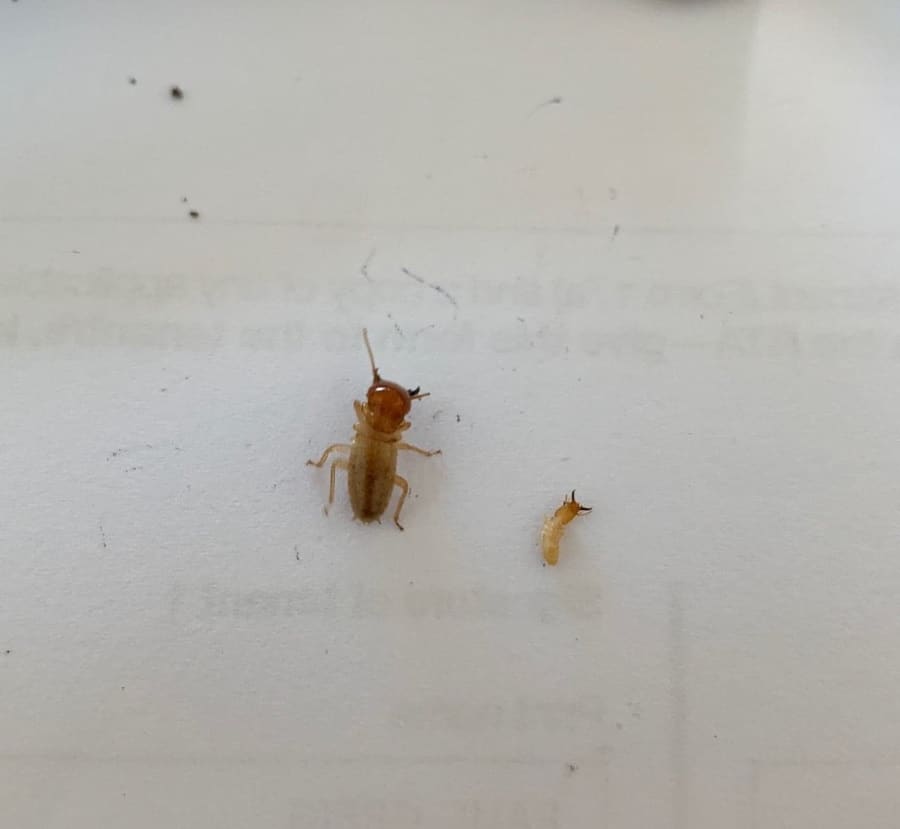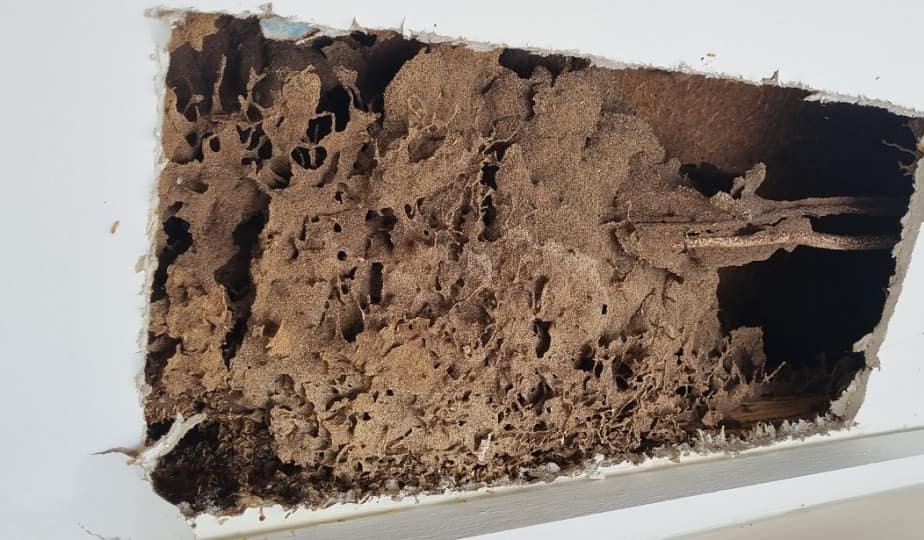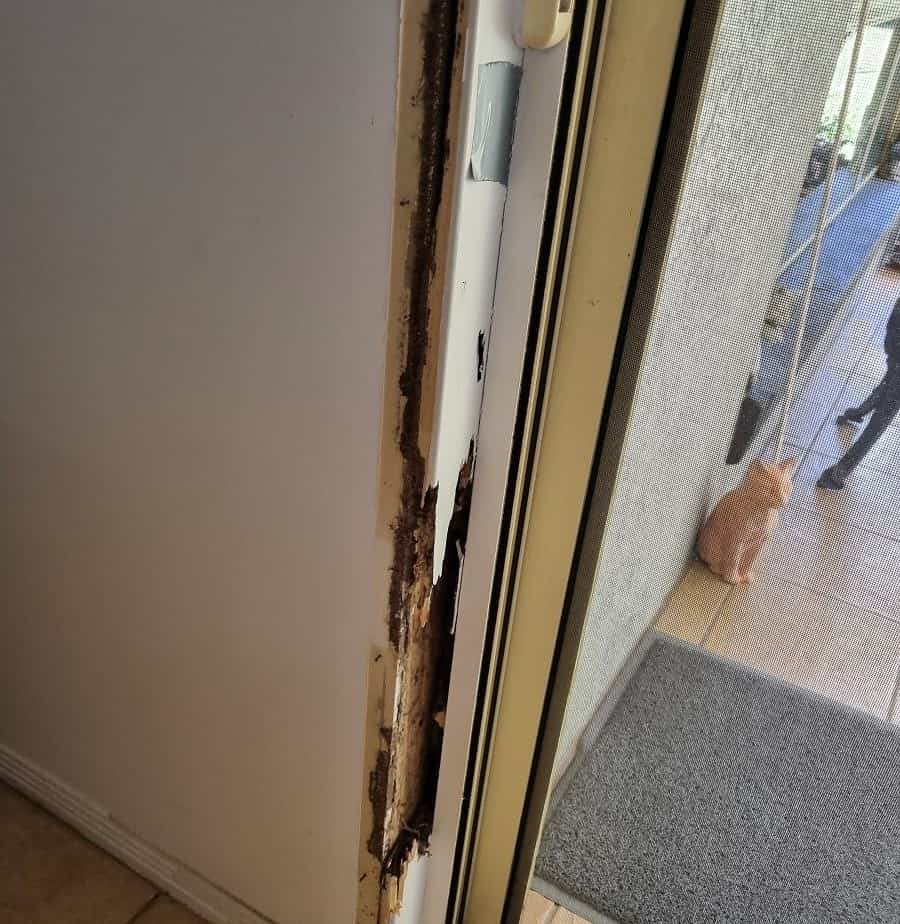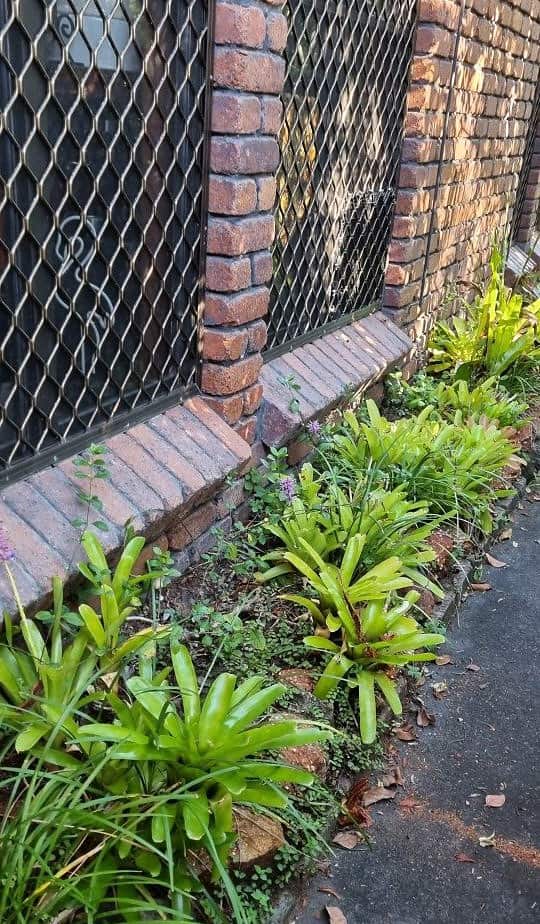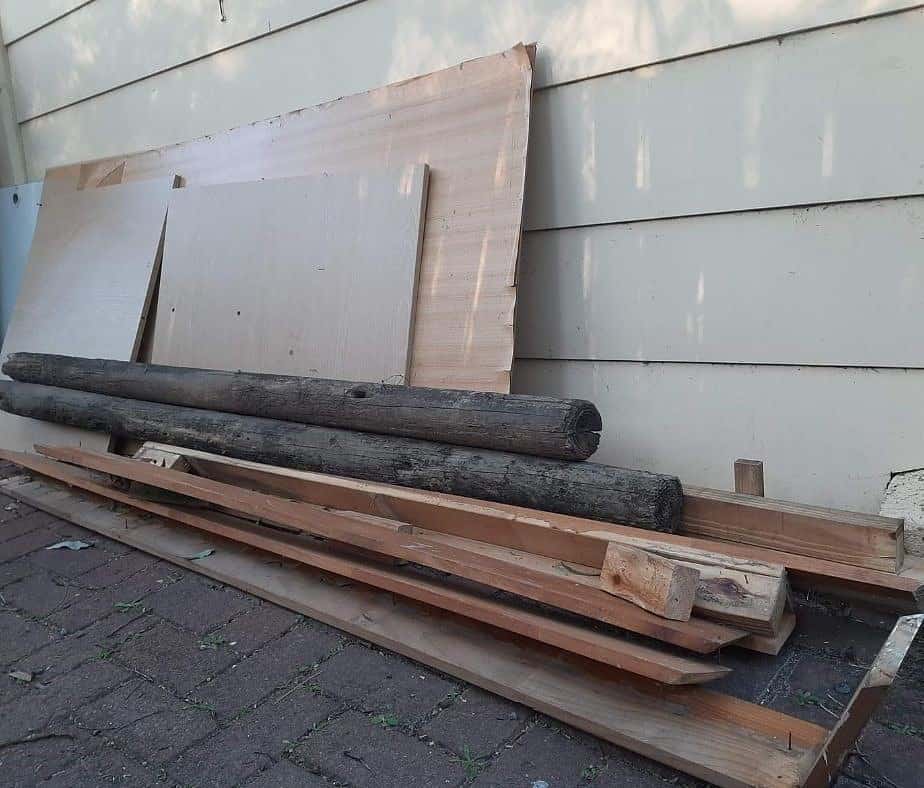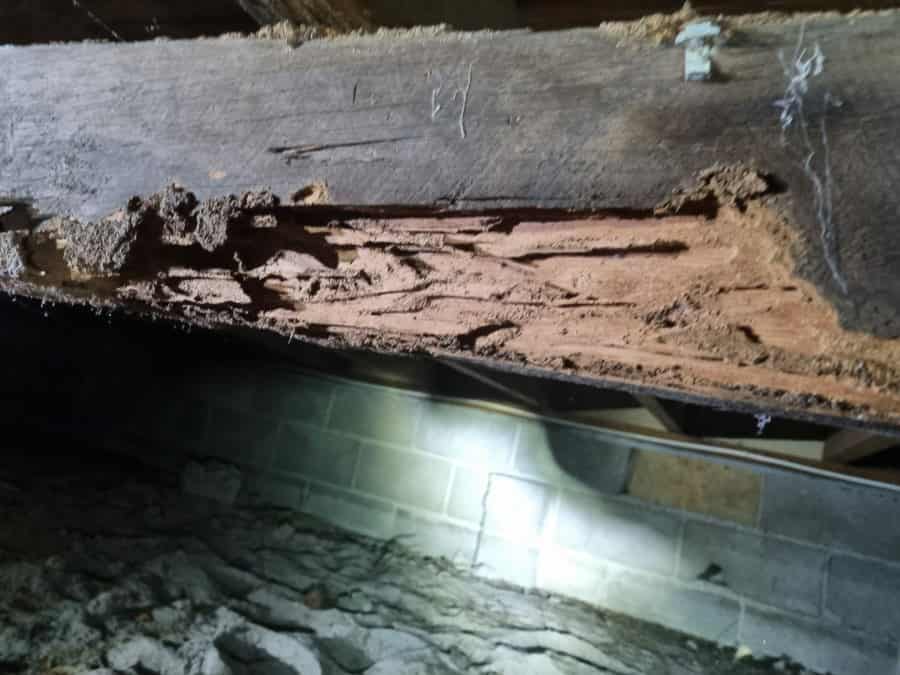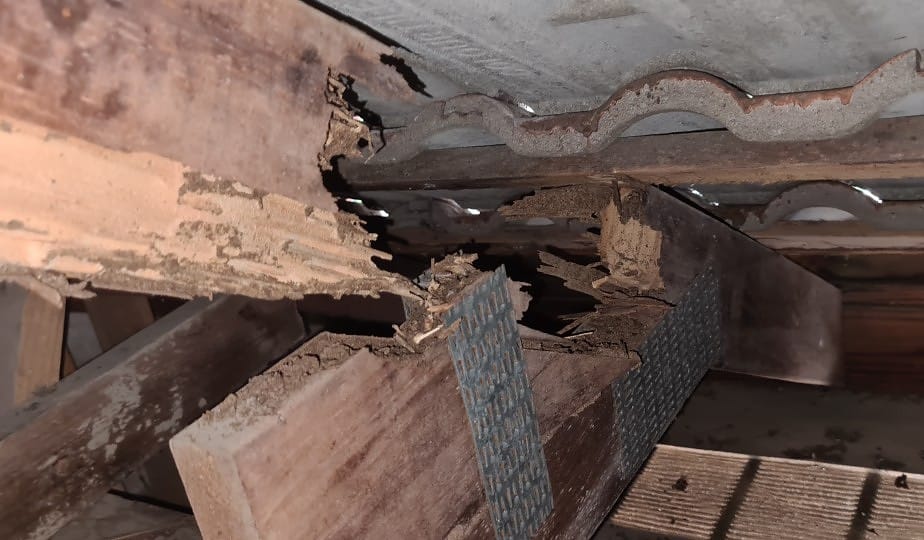How to Recognize Early Warning Signs of Termites
Table of Contents
Termites can cause extensive damage to your home or business, resulting in expensive repairs. That’s why it’s so important to be aware of the early warning signs of a termite infestation. In this blog, we’ll go over what termites are, the different types of termites, the early warning signs of a termite infestation, how to inspect your home for termites, how to prevent termites, professional termite inspections, termites and home insurance, and the consequences of a termite infestation.
What are termites?
Termites are small, sometimes winged, insects that feed on wood and other cellulose-based materials. They are social insects, meaning they live in colonies. These colonies can have up to several million members and are made up of workers, soldiers, and reproductive individuals.
In Australia, termites are found in all most states. However that are most common in the northern states. Termites can cause significant damage to wood structures, including homes, businesses, and furniture. The cost of termite damage in Australia is about $4 billion per year.
Different types of termites
There are three main types of termites in the Australia: subterranean, drywood, and dampwood. For purposes here, we can consider subterranean and dampwood to be the same termites. There is a strong overlap between them and often they’re classified as being the same.
Subterranean termites live in the ground and build underground tunnels. They feed on the wood of structures, such as the structural timbers of your home.
Drywood termites live in the wood of structures and feed on the wood itself. They are exotic to Australia and spread through the movement of infected timbers.
Dampwood termites live in wood that is moist and often found in areas with high humidity (eg Gold Coast). They forage underground where they live in systems that can extend 100s of metres. You might see their distinctive mounds, which are composed of dirt and wood material.
For more information on termite mounds, read What Does A Termite Nest Look Like.
Early warning signs of termites
Termites are difficult to detect because of their small size and secretive behavior. However, there are some early warning signs that can alert you to the presence of termites. One of the most common signs of a termite infestation is the presence of mud tubes (see image below), which are small tunnels created by termites as they travel from their colony to a food source.
Another sign of a termite infestation is the presence of swarms of flying termites, which occur when termites are actively reproducing. You may also see the presence of discarded wings, which are shed by the reproductive termites after they have mated. We recently investigated a home that had flying termites present and found no evidence of a termite infestation. The presence of flying termites doesn’t mean you have termites but it’s definitely a sign you need a professional inspection.
Hollow timbers are a sure sign of termites. If you tap a window sill (for instance) and it doesn’t sound solid, you should get this investigated ASAP.
The presence of termites in your garden should not be underestimated. On the Gold Coast you’ll often find discarded timber or
Different signs of termite infestations
In addition to the early warning signs of a termite infestation, there are other signs that can indicate the presence of termites. These signs include:
- Piles of discarded wings, which are shed by reproductive termites after they have mated
- Cracks in wood surfaces, which can be caused by termites eating away at the wood
- Hollow-sounding wood, which is a sign that termites have eaten away at the wood
- Discolored wood, which is caused by termites feeding on the wood
- Signs of termite damage, such as buckling of wood or the presence of damaged wood
How to inspect your home for termites
To inspect your home for termites, you should start by looking for the early warning signs of a termite infestation. Inspect the outside of your home for mud tubes, swarms of flying termites, and discarded wings. You should also look for any signs of termite damage, such as buckling of wood or the presence of damaged wood.
If you suspect you have a termite infestation, it’s important to have a professional termite inspect your home to confirm the presence of termites and determine the extent of the infestation.
How to prevent termites
The best way to prevent termites is with a termite baiting system such as Trelona ATBS.
Beyond that, make sure your home is properly sealed and insulated. Make sure all cracks, gaps, and other openings in the home are properly sealed and that the home is well-ventilated. You should also consider using a termite-proof foundation, such as concrete or steel. Be aware that termites can infect a brick home.
In addition, you should remove any sources of moisture, such as standing water or leaky pipes. You should also avoid storing firewood or other cellulose materials near your home, and make sure to keep the soil around your home free of debris.
Professional termite inspections
If you suspect you may have a termite infestation, it’s important to have a professional inspect your home. A professional termite inspection will help identify any problem areas and determine the extent of the infestation. The inspector will look for signs of termite activity, such as mud tubes, swarms of flying termites, and signs of termite damage.
The inspector will also check for any sources of moisture, such as leaky pipes or standing water, and make sure that your home is properly sealed and insulated. The inspector will also provide recommendations for preventing future infestations.
If you haven’t had an inspection recently, then you should get one.
Termites and home insurance
If you have a home insurance policy, it’s important to check to see if you have coverage for termite damage. Most policies do not provide coverage for damage caused by termites. It’s important to read your policy carefully to make sure you understand what is and what is not covered. The average cost of termite damage in Australia is over $10,000. We’ve seen bills getting close to $100,000 for particularly bad infestations. We’ve even seen this in homes recently purchased and some were inspected by other pest inspectors.
Consequences of termite infestation
The consequences of a termite infestation can be significant. Termites can cause extensive damage to wood structures, resulting in expensive repairs. In addition, termite damage can weaken the structural integrity of the building, making it more vulnerable to collapse. Below are some images of structural damage caused by termites. We see this sort of thing every week.
Conclusion
Termites can cause extensive damage to your home or business, resulting in expensive repairs. That’s why it’s so important to be aware of the early warning signs of a termite infestation. Be on the lookout for mud tubes, swarms of flying termites, and signs of termite damage. If you suspect you have a termite infestation, it’s important to have a professional inspect your home to confirm the presence of termites and determine the extent of the infestation. It’s also important to check your home insurance policy to see if you have coverage for termite damage. Taking these steps can help you prevent costly repairs and protect the structural integrity of your home or business.

